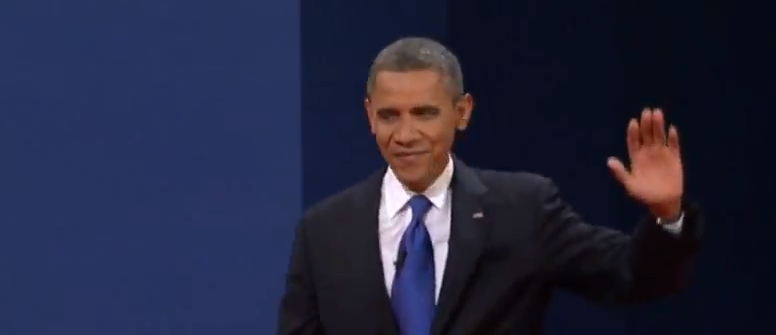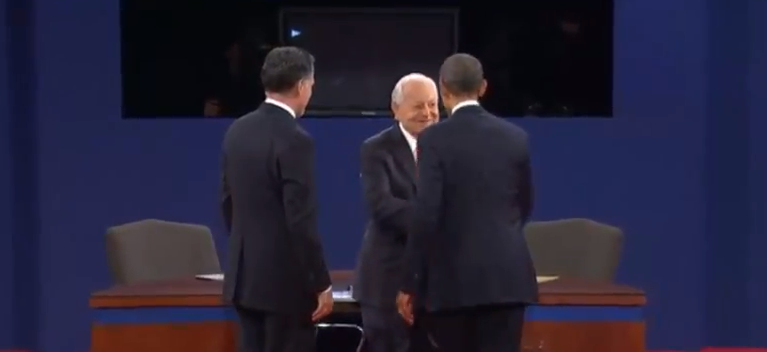
If you were to watch the third presidential debate on mute, what would you have seen? This election is a veritable treasure trove of nonverbal cues. The third presidential debate was more closely tied than the previous two debates, yet the polls seem to be saying that Obama was the moderate winner. But, why? Nonverbal hints can give us evidence to why Obama performed slightly better than Romney.
First, it is important to know how important a candidate's nonverbal behavior is during debates. This is not only because we, as viewers, pay attention to what we see and what we hear, but also when viewers do not understand a verbal point, their brain looks for an answer in the nonverbal behavior. Since this election has some complex tax and health issues there is going to be a large part of the population that, unfortunately, does not quite understand the numbers and arguments the candidates are using, so they are going to focus even more on what they see, not what they hear.
According to University of Pittsburgh Political Communications Professor Jerry Shuster, body language, mannerisms and facial expressions are 85 percent of what an audience takes away. So, here are a few non-verbal cues from last night that show Obama getting the upper hand.
1. Full Mouth Smile
Right off the bat we see Obama enter the stage with a close-mouthed smile, while Romney smiles with both rows of teeth. Smiling is an important rapport building behavior -- so this was good for both candidates. However, too much smiling is a sign of submission. Subconscioulsy we tend to believe that the more important someone is the less they need to smile. So, Obama's small smile built rapport, but also made him look more important than Romney with his huge grin.

2. Handshakes
You always want to watch who gets the 'upper hand' in a handshake. The dominant person is the one who's back of the hand is facing the audience. So, in all the debates Mitt Romney was the dominant person in the handshake since Obama's palm was facing the audience (which is seen as weak). However, Obama was able to mitigate the effect of the weak handshake position by patting Romney on the arm, which makes him look like the bigger man.

3. Waiting for a Turn
I'm sure that moderator Bob Schieffer had no idea that shaking Obama's hand first actually sent a large signal to viewers. Not only did it make Obama seem important because the moderator turned to him first, but it also made Romney wait patiently on the side -- not a good place for a presidential candidate.

4. Small Waves
An old school tip that many politicians are taught is to make small waves or acknowledgement gestures to people in the crowd -- whether or not they actually know someone. Obama did this as he was walking out. First he made a small wave toward the right side of the audience and later he pointed toward the right side of the audience as if he was acknowledging someone. This is a powerful move because it makes it look like Obama knows everyone, he has supporters in the audience and it looks like he is friendly and relatable.
Amazingly, most of the big nonverbal cues of the third presidential debate happened within the first 47 seconds. For Americans who tuned in briefly, this is all they saw, and in an odd way, all they needed to see from a nonverbal perspective.
